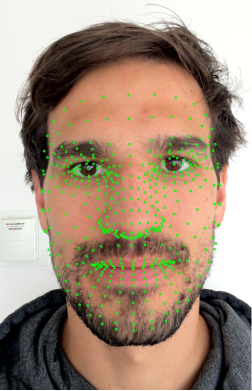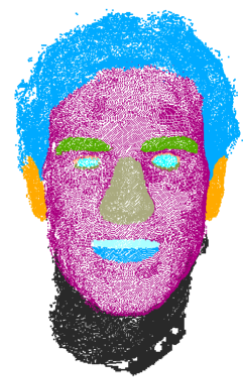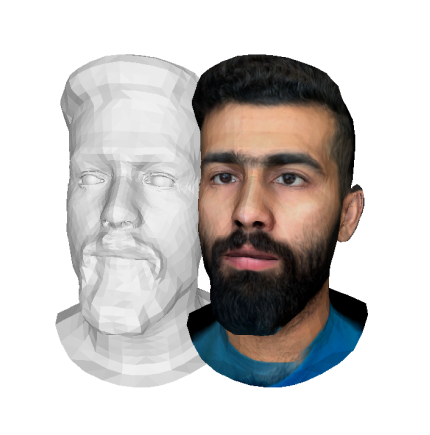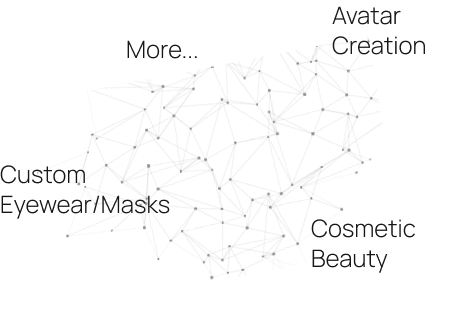3D Face Scan

Astrivis mobile 3D face scanning mode - ultra-fast 3D AI facial reconstruction with texture, all from your phone
- On-device 3D face scanning done within 60 seconds
- Achieves submillimeter accuracy for 90% of facial surface
- Utilizes state-of-the-art artificial intelligence algorithms for accurate reconstruction
- Supports devices with or without Face ID camera
3D Landmarks Detection
Astrivis 3D face scanning include auto facial landmark detecting, which involves identifying specific points or landmarks on the face, such as the corners of the eyes, the tip of the nose, and the corners of the mouth. These landmarks serve as reference points for further analysis and processing of the facial data. They are crucial for tasks like facial recognition, expression analysis, and virtual try-on of glasses or makeup.


3D AI Face Segmentation
Astrivis 3D face scanning also provides the advanced auto face feature segmentation pipeline which automatically identifies and separates specific facial features such as eyes, nose, mouth, and eyebrows from the 3D model. It simplifies and enhances the analysis and manipulation of facial data.
Applications
- Custom glasses
- Custom protective masks
- Biometric authentication
- Facial surgery / treatment planning
- Eyewear/makeup virtual try-on
- Digital avatars creation
- Game / Immersive experience character creation

3D AI Face Segmentation
Astrivis provides an advanced auto face feature segmentation pipeline which automatically identifies and separates specific facial features such as eyes, nose, mouth, and eyebrows from the 3D model. It simplifies and enhances the analysis and manipulation of facial data, offering exciting possibilities for a range of industries, from entertainment and gaming to healthcare and biometrics.


Applications
Our mobile 3D face scanning technology opens up a wide range of potential applications. In the fashion world, it enables virtual fitting experiences and customized eyewear design options. In gaming and augmented reality, it allows for immersive and lifelike character creation. Additionally, it has promising applications in healthcare for facial analysis, orthodontics, and reconstructive surgery. The possibilities for reshaping digital interactions are endless.